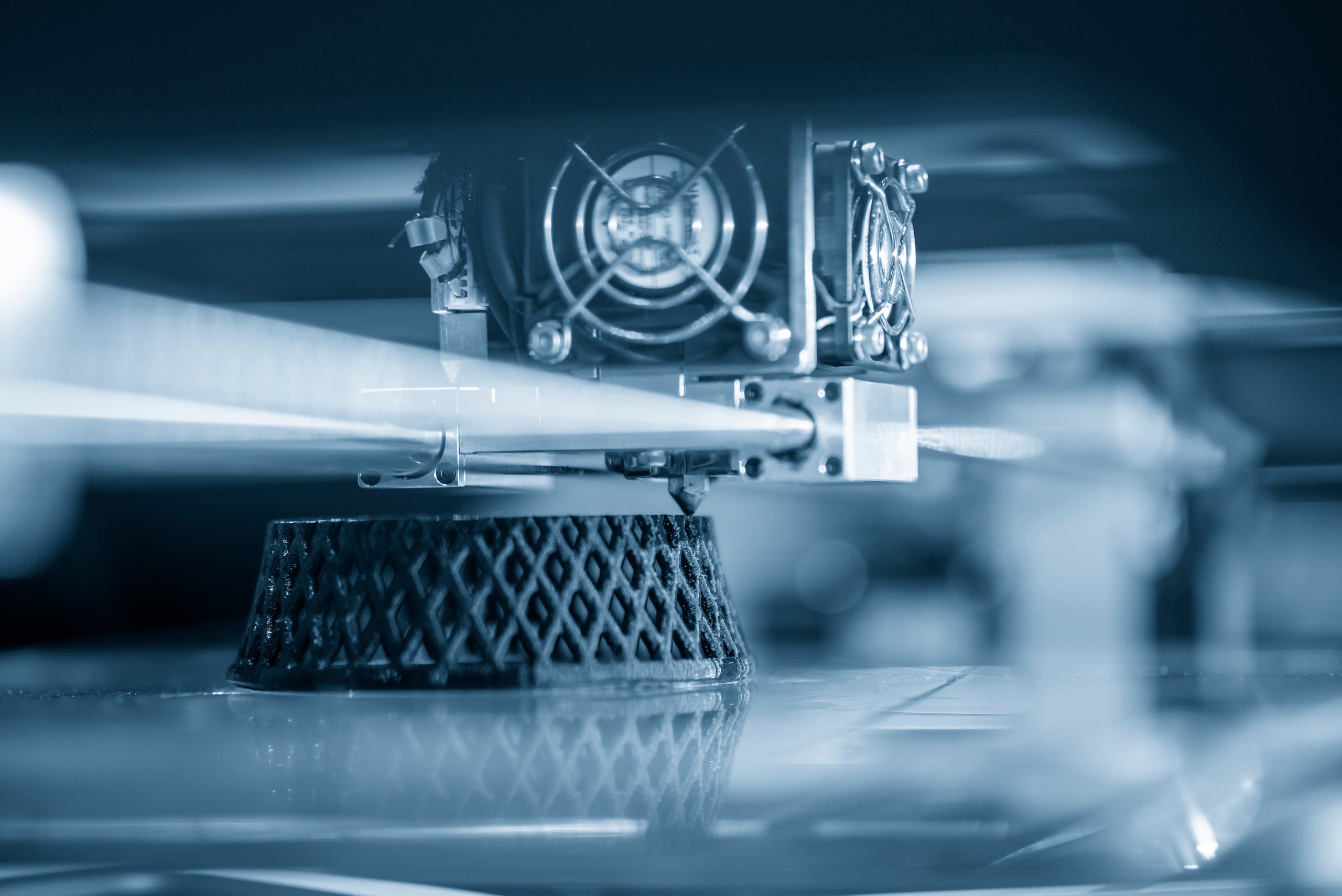At TWRAPS, we utilize advanced 3D printing technology to create automotive accessories that set new standards for quality, efficiency, and functionality. This technology allows us to adapt to market demands swiftly, innovate beyond traditional manufacturing constraints, and operate with sustainability at the forefront. Here’s how 3D printing enables us to push boundaries in design and production.

1. Accelerated Time to Market
Traditional manufacturing methods, such as injection molding, are slow to respond to market demands. Factories, often located in China, require weeks or months to develop tooling, produce molds, and ship finished products internationally. This process delays availability and adds logistical complexity.
3D printing transforms this paradigm:
- No tooling required: We go directly from design to production, cutting lead times significantly.
- In-house production: By designing and manufacturing locally, we eliminate the delays of overseas shipping and customs.
- Faster adaptation: We can respond to new vehicle models within days, ensuring our customers always have access to up-to-date solutions.
Studies have shown that adopting 3D printing can reduce product development cycles by up to 50% compared to traditional methods (Ernst & Young). This speed gives TWRAPS a competitive edge in delivering high-quality accessories to market swiftly.
2. Expanding the Boundaries of Design
One of the most powerful aspects of 3D printing is its ability to produce complex geometries and designs that traditional molding cannot achieve. At TWRAPS, we use this flexibility to enhance both functionality and aesthetics in our products.
- Optimized space utilization: For tray organizers, we design thin, precisely contoured walls that adapt perfectly to the available space. This approach maximizes the usable area within each tray, offering superior utility for our customers.
- Innovative mechanisms: For products like phone mounts, we develop intricate attachment systems that surpass the capabilities of molded parts. These designs deliver better fit, durability, and performance.
This capability enables us to engineer solutions tailored to unique customer needs and vehicle specifications—solutions that would be impossible with traditional manufacturing techniques.

3. Efficient Small-Batch Production
Manufacturing for niche markets, such as exotic vehicles or limited-edition EVs, presents challenges for traditional production methods, which are designed for mass production. High tooling costs and minimum order quantities make small-batch manufacturing impractical.
3D printing is the ideal solution:
- On-demand manufacturing: We produce only what is needed, avoiding the inefficiencies of overproduction.
- Lower setup costs: By eliminating the need for molds, we reduce upfront costs by as much as 90% (Wohlers Report 2023).
- Customizable at scale: Each batch can be adapted to specific vehicle models without the constraints of existing tooling.
This approach allows us to meet the demands of niche markets while maintaining cost efficiency and minimizing waste.

4. Sustainability and Energy Efficiency
Sustainability is a critical consideration in modern manufacturing. Traditional molding processes are resource-intensive, requiring large amounts of energy, raw materials, and chemicals. They also generate significant waste, particularly in low-volume production.
3D printing offers a more sustainable alternative:
- Material efficiency: Unlike traditional methods, which often involve cutting away excess material, 3D printing uses only the material necessary for each product, reducing waste by up to 70%.
- Energy savings: For small batches, 3D printing consumes 50% less energy per part compared to injection molding (U.S. Department of Energy).
- Localized production: By manufacturing in the U.S., we further reduce the environmental impact of transportation and logistics.
At TWRAPS, we are committed to leveraging technology to create a cleaner and more efficient production process, aligning our operations with broader environmental goals.

5. Rapid Adjustments and Customization
In traditional manufacturing, revising a product design can require weeks to create new molds and restart production. This rigidity slows response times and increases costs.
3D printing eliminates these barriers:
- Digital revisions: Adjustments are made directly to the digital design file, allowing for immediate implementation.
- Quick turnaround: We can correct and ship updated products within 24 hours, ensuring our customers receive the most refined version of their accessories without delay.
This agility is especially important for the fast-evolving automotive industry, where precision and adaptability are paramount.
6. Addressing Misconceptions About 3D Printing
Some brands highlight that their products are “not 3D printed,” implying that traditional manufacturing is inherently superior. In reality, this often means:
- Increased environmental impact: Traditional manufacturing methods require more energy, chemicals, and raw materials to create molds and produce parts.
- Outsourced labor: Many of these processes rely on factories in China, further increasing the carbon footprint and reducing local job opportunities.
- Higher waste per part: Traditional methods generate significant material waste, especially in low-volume production.
At TWRAPS, we embrace 3D printing because it represents a smarter, more sustainable way to manufacture. It allows us to deliver high-quality, innovative products while minimizing environmental impact and supporting local production.
Conclusion: Innovation in Every Layer
3D printing is more than a manufacturing tool; it’s a foundation for innovation at TWRAPS. By leveraging this technology, we can push the boundaries of design, deliver products faster, and operate with greater efficiency and sustainability. At TWRAPS, we’re committed to setting a new standard—one layer at a time.





Share: